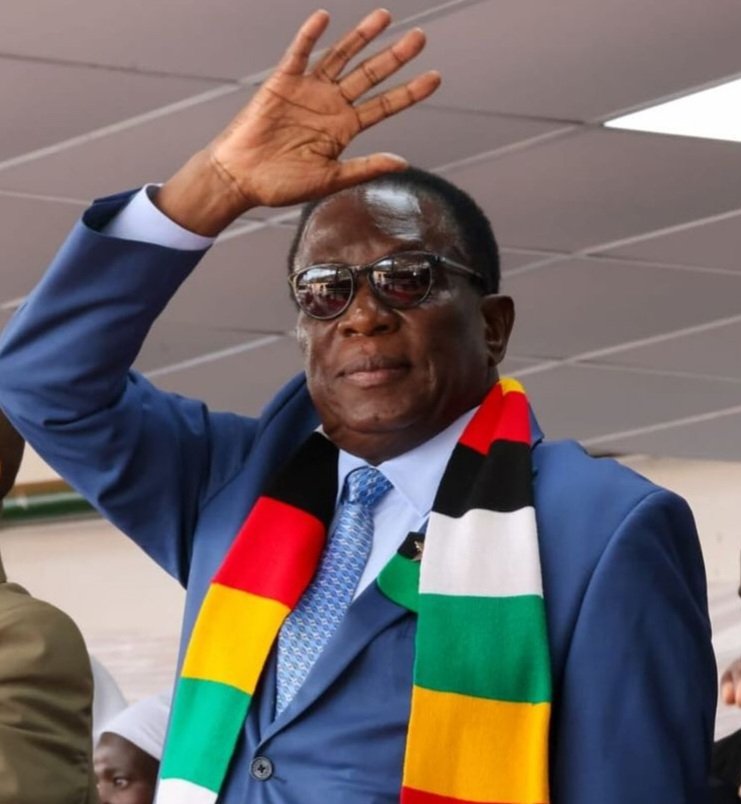Lovemore Lubinda
The cash strapped Zimbabwean government recently announced its intention to sell its stake at the Zimbabwe Iron and Steel Company (ZISCO) as an element of a revived attempt to bring the long dead parastatal and the once one of the biggest employers back to life.
This follows a series of other failed attempts in 2006 and 2010 respectively. Essar Africa Holdings entered into deal with government in 2010, where it was going to inject $750 million to secure 54 percent, with the government getting a larger percentage of the shared remainder with minority shareholders. The deal never materialised owing to alleged misunderstandings between the parties.
Meanwhile, the Engineering Iron and Steel Association of Zimbabwe (EISAZ) launched the sector’s resuscitation road map for the period 2015 to 2020 running under the theme; ‘Embracing Value Chain Linkages As The Key To Increased Capacity and Competitiveness,’ that seeks to identify challenges, opportunities, and key activities needed to address value chain constraints.
The strategy, which is in possession of Zim News reveals that a number of challenges has seen engineering, iron and steel sector taking a knock, owing to the fall of ZISCO. The sector performed badly between 2011 and 2014 where more than 4,600 companies ceased operations, resulting in the loss of 55,443 jobs driving families into poverty.
“Capacity utilisation declined from an average 57 percent in 2011 to 44 percent in 2012 and 39 percent in 2013 respectively, while erratic power supplies, lack of capital, higher input costs, obsolete machinery and dilapidated infrastructure also dogged the sector,” the road map states.
According to the then President of the EISAZ Zondi Kumwenda, during the launch in 2015, the association having noticed the challenges dogging the sector realised the need of embarking on a wide-ranging value chain analysis.
“This comes at the moment when the sector is facing serious challenges further aggravated by the fall of ZISCO which sustained industries based in Kwekwe, Gweru, Redcliff, and the surrounding areas, creating employment to thousands of people, in firms whose operations depended in a way or the other on the steel giant,” he said then.
The sector registered a total shortfall of about USD 3.3 billion in the period 2008-2012 translating into an average deficit of about USD660 million per year. Exports amounted to 41% (USD7 billion) of trade, against 59% (USD10 billion) imports. Exports were dominated by non value added engineering goods hence, the reduced returns.
EISAZ’s envisaged 2015 to 2020 strategy is a united effort with government, engineering, iron and steel industry, including private sector companies, and civil society taking part in a market-driven value chain analysis.
A study by Zimbabwe Economic Policy Analysis and Research Unit (ZEPARU) in relation to the strategy reveals that country’s uncompetitive technologies on the regional and international market, lack of foreign demand for Zimbabwean products, tax rates, administration obstacles, corruption and labour and health issues were prevalent in the sector.
It also emphasised on the integration between training institutions and industry, SMEs and regularisation of the informal sector, as well as the formalisation of the scrap metal industry, so that they feed back into the main stream sector in harmony.
The recent call by the government comes high on the heels of repeated appeals by Industry and Commerce minister Mike Bimha who is on record for pointing out the need to revive ZISCO. Officiating at the Confederation of Zimbabwe Industries in July this year he said efforts were underway by government to sanitise the parastatal’s books so that new investors start on a clean bill.
He called upon investors to think universally and act locally through buy in, own up, and tame the regional and international industrialisation strategies for the benefit of the sector.
Investment opportunities in the country have over the years been undermined by corruption within public and private sectors, disharmony between government ministries, misconceptions on the indigenisation laws, and bureaucratic red tape. These have affected the ease of doing business and several business deals have suffered still births as a result. The government has of late expressed its commitment in improving the ease of doing business.














